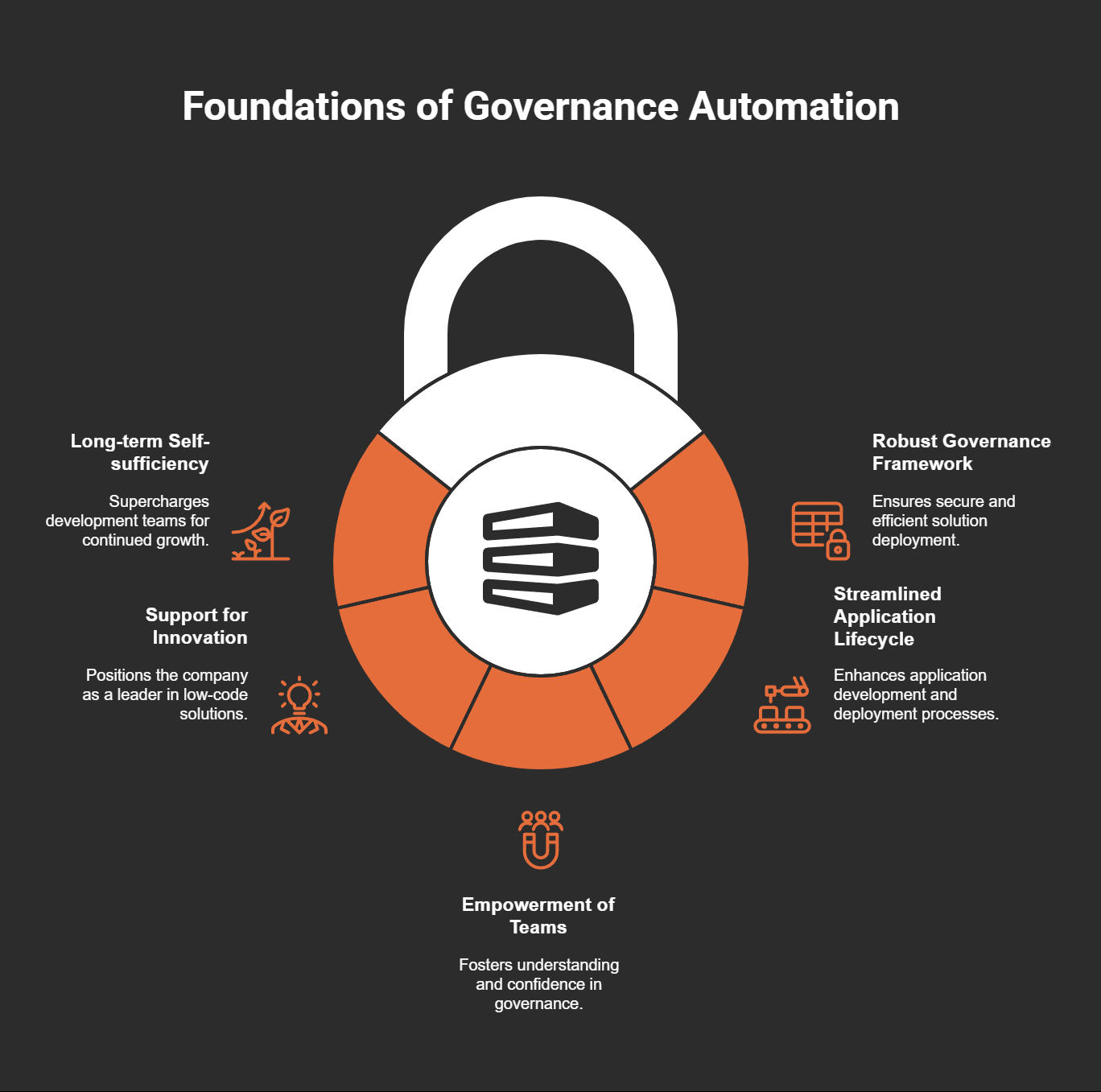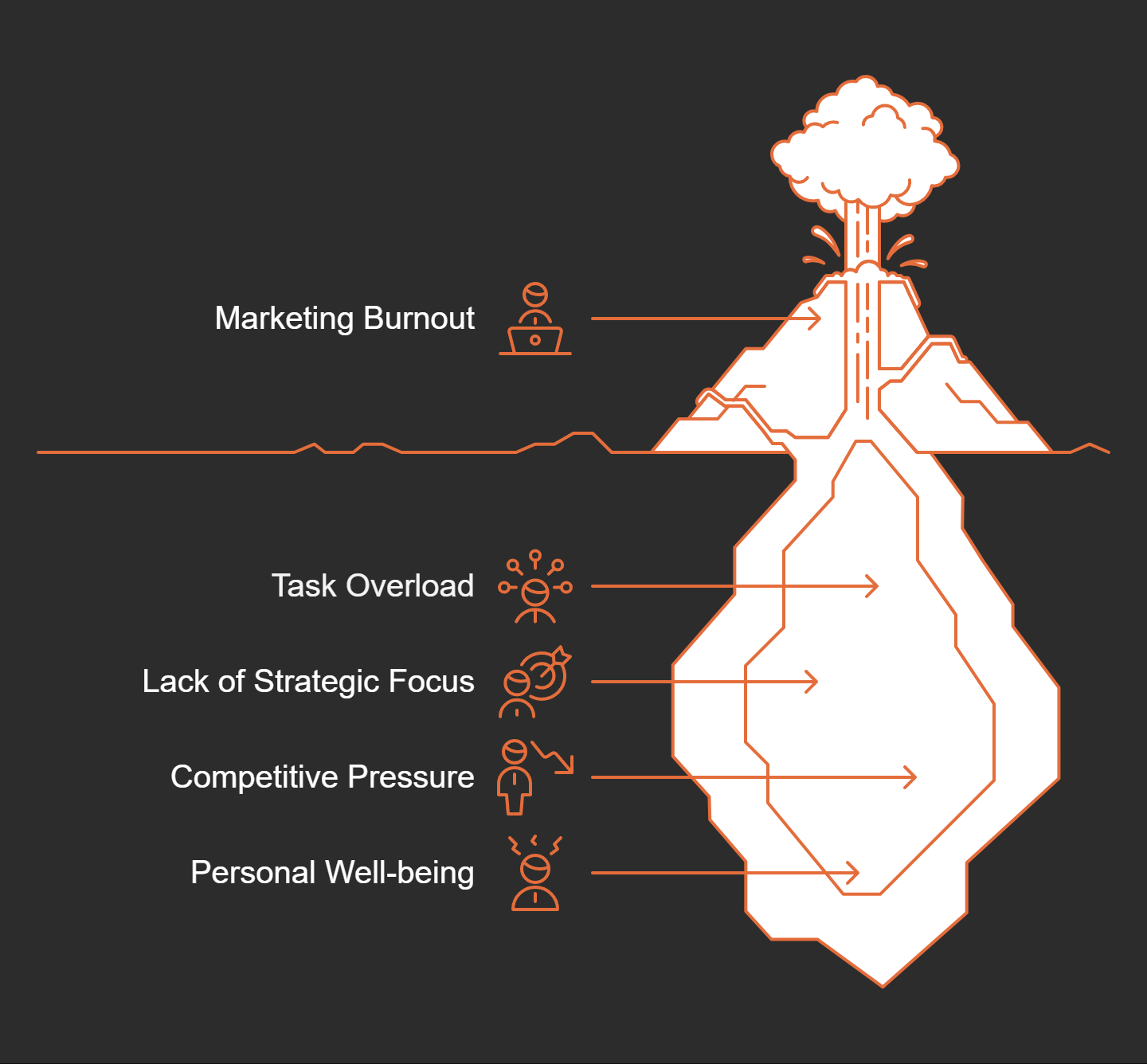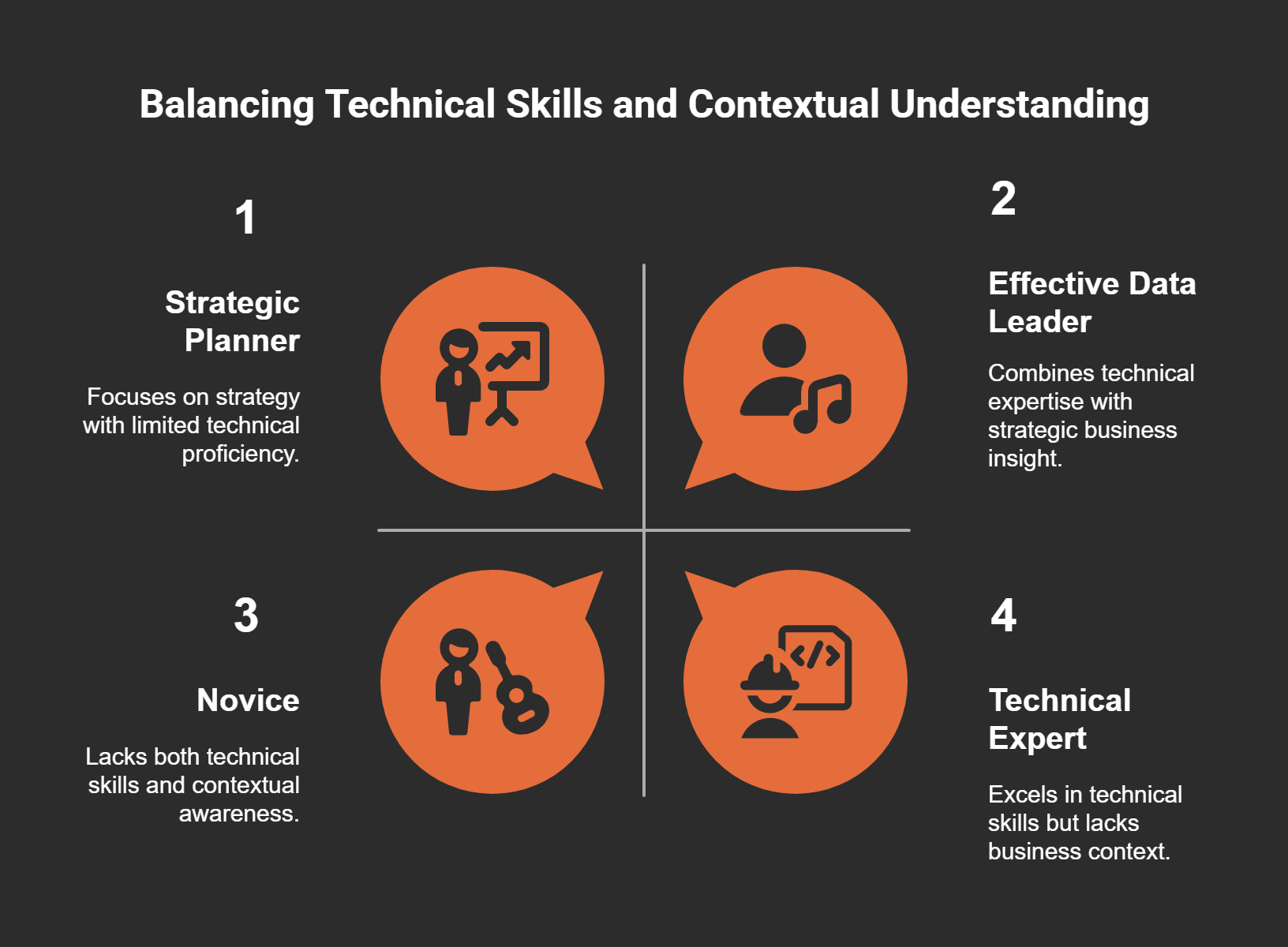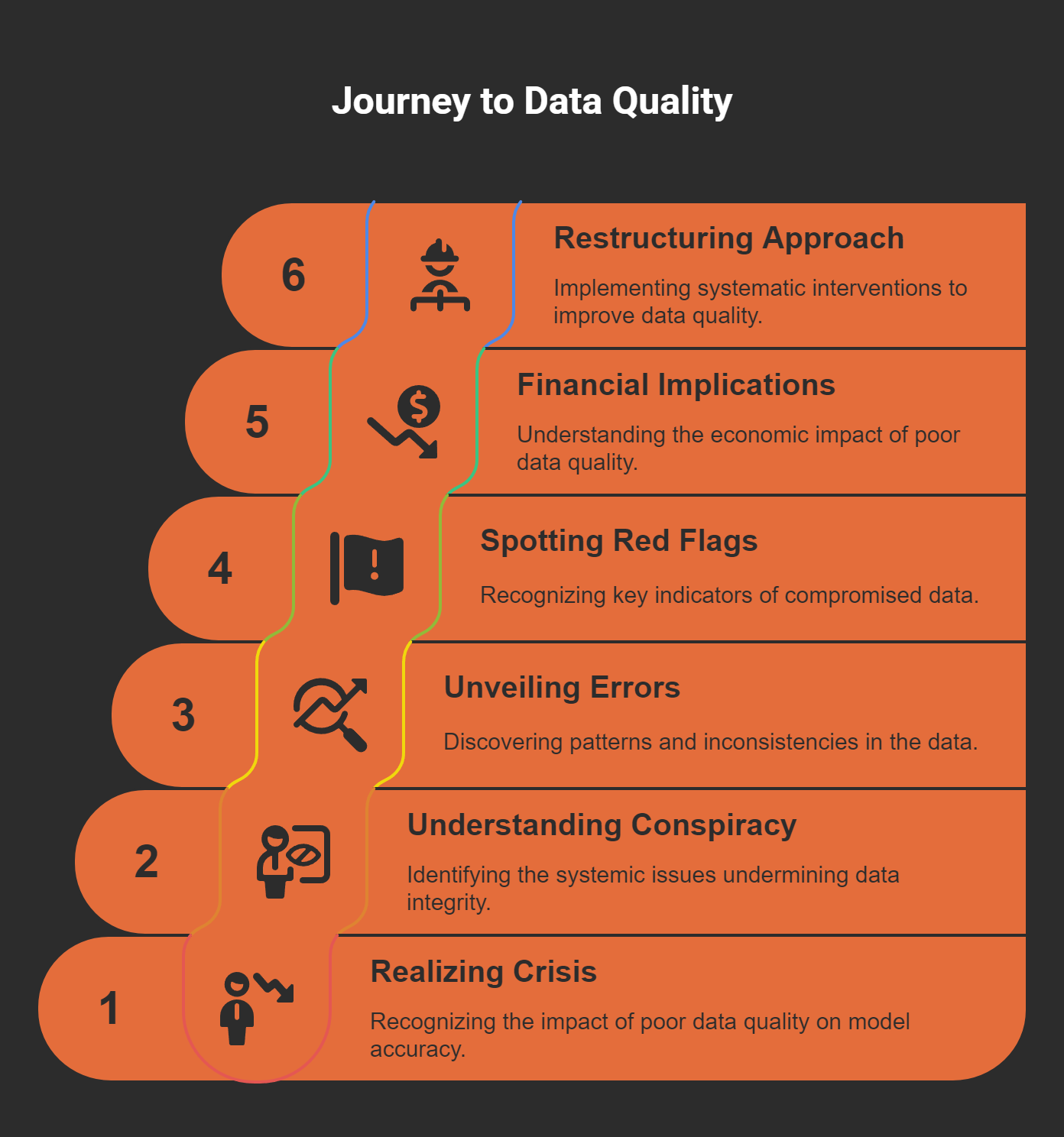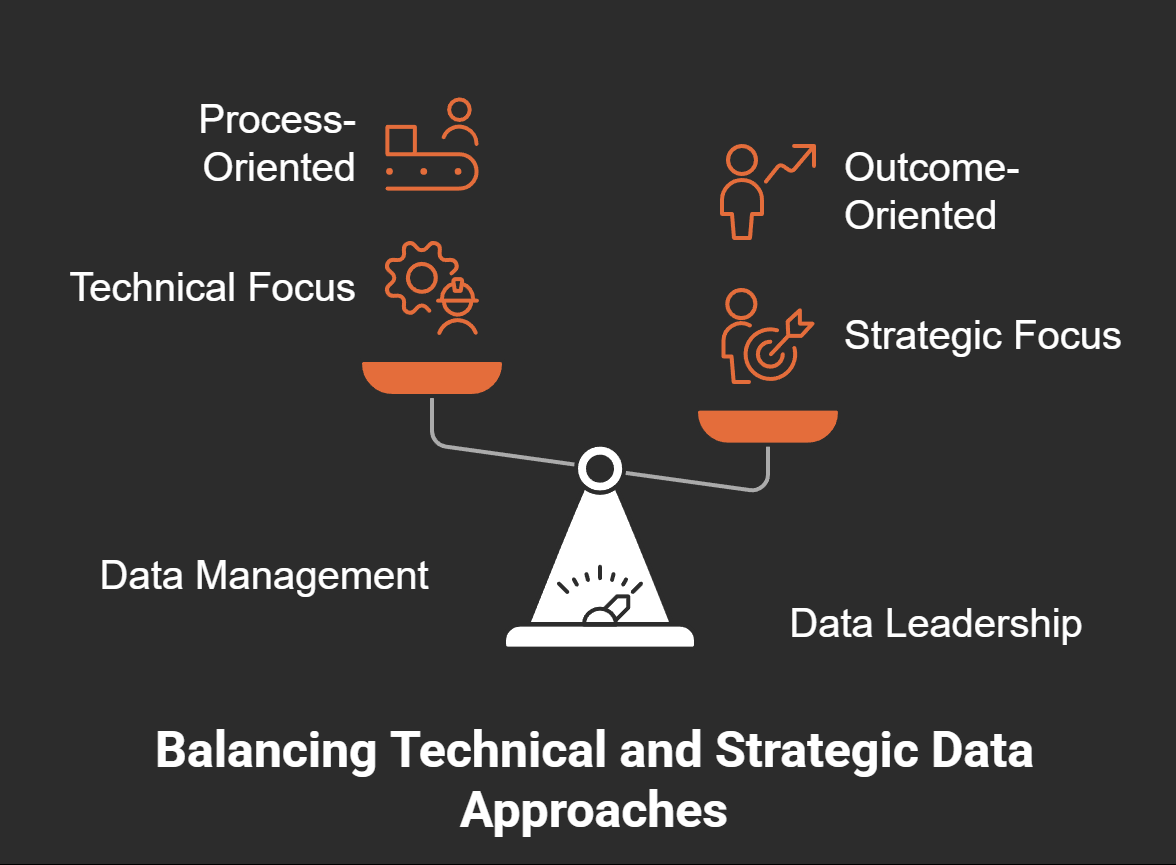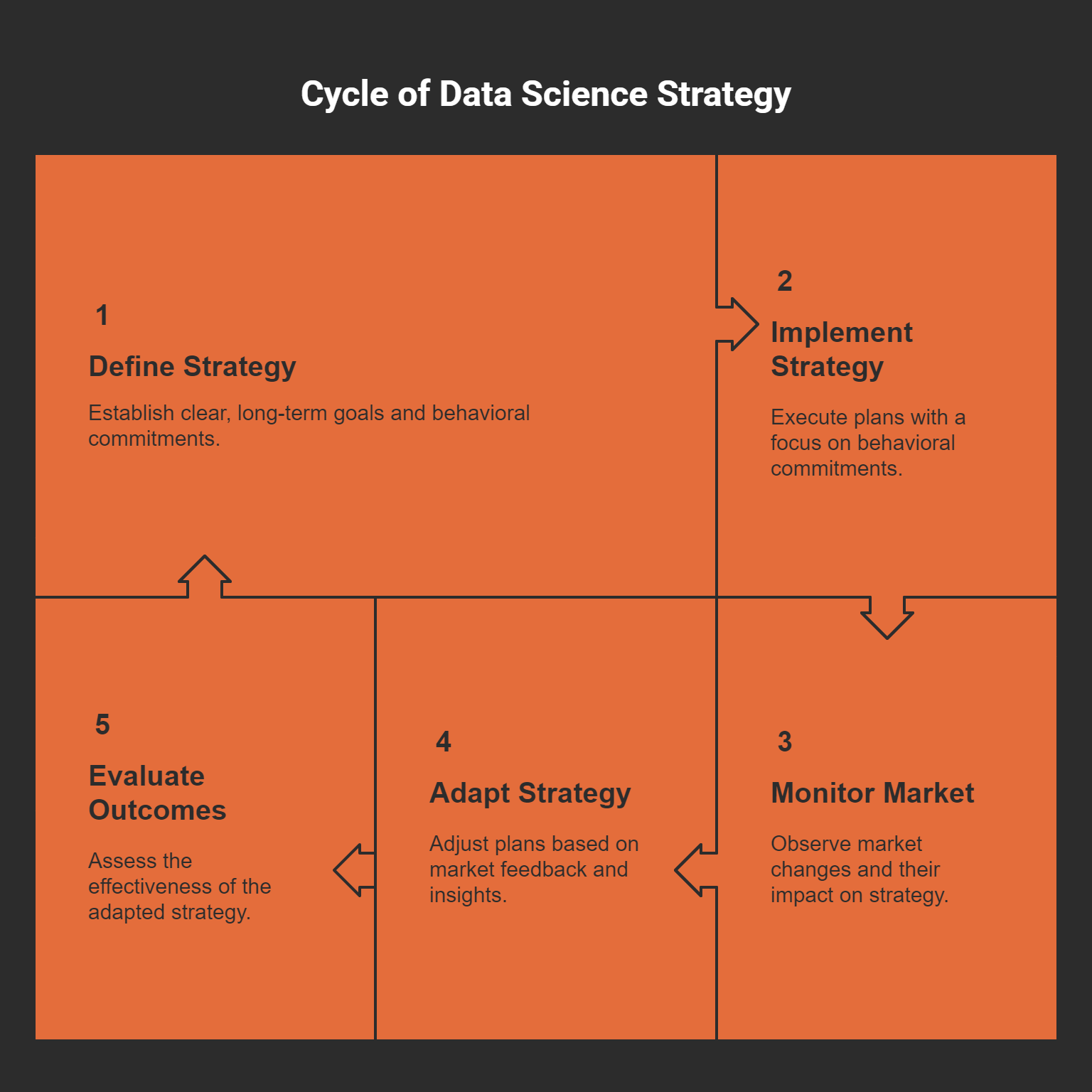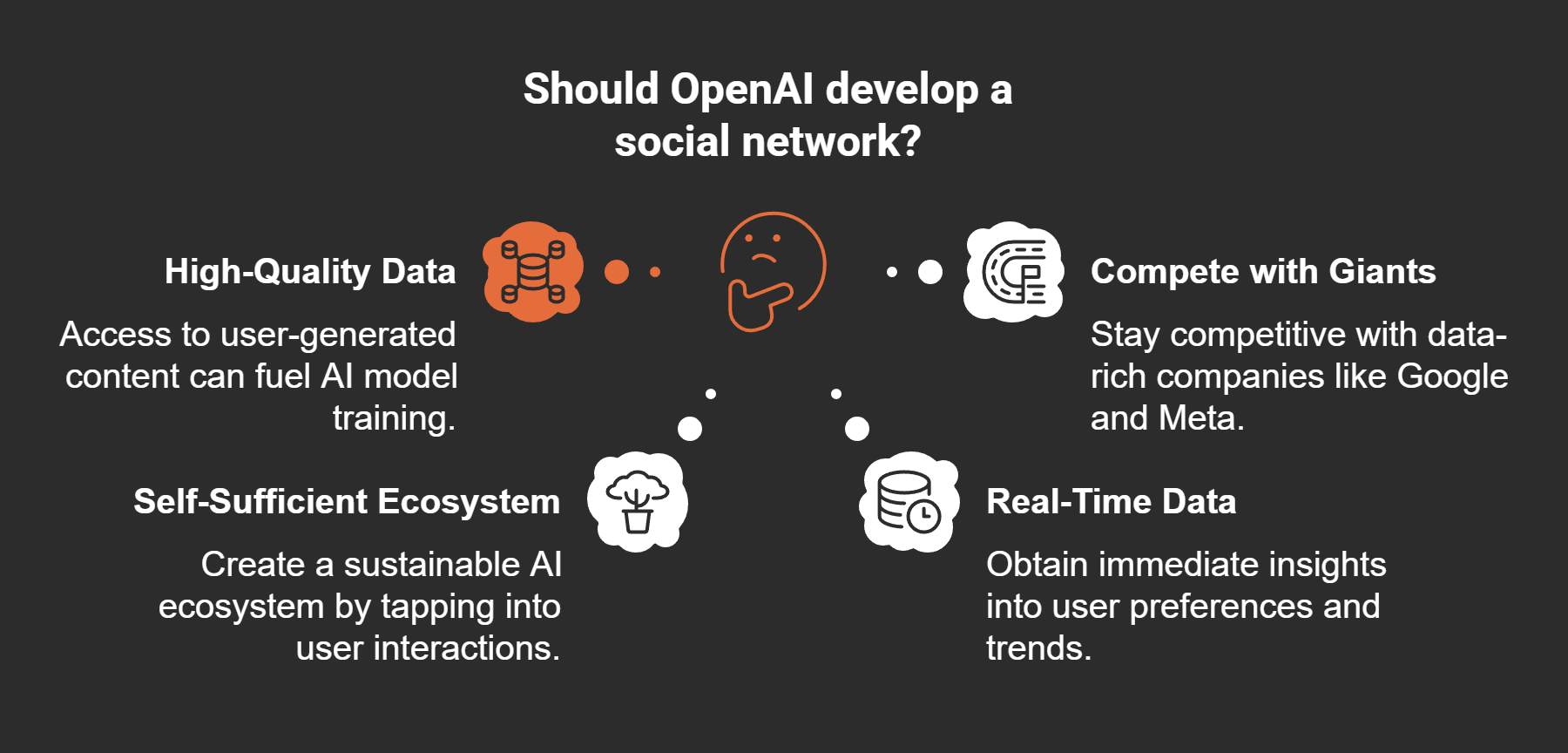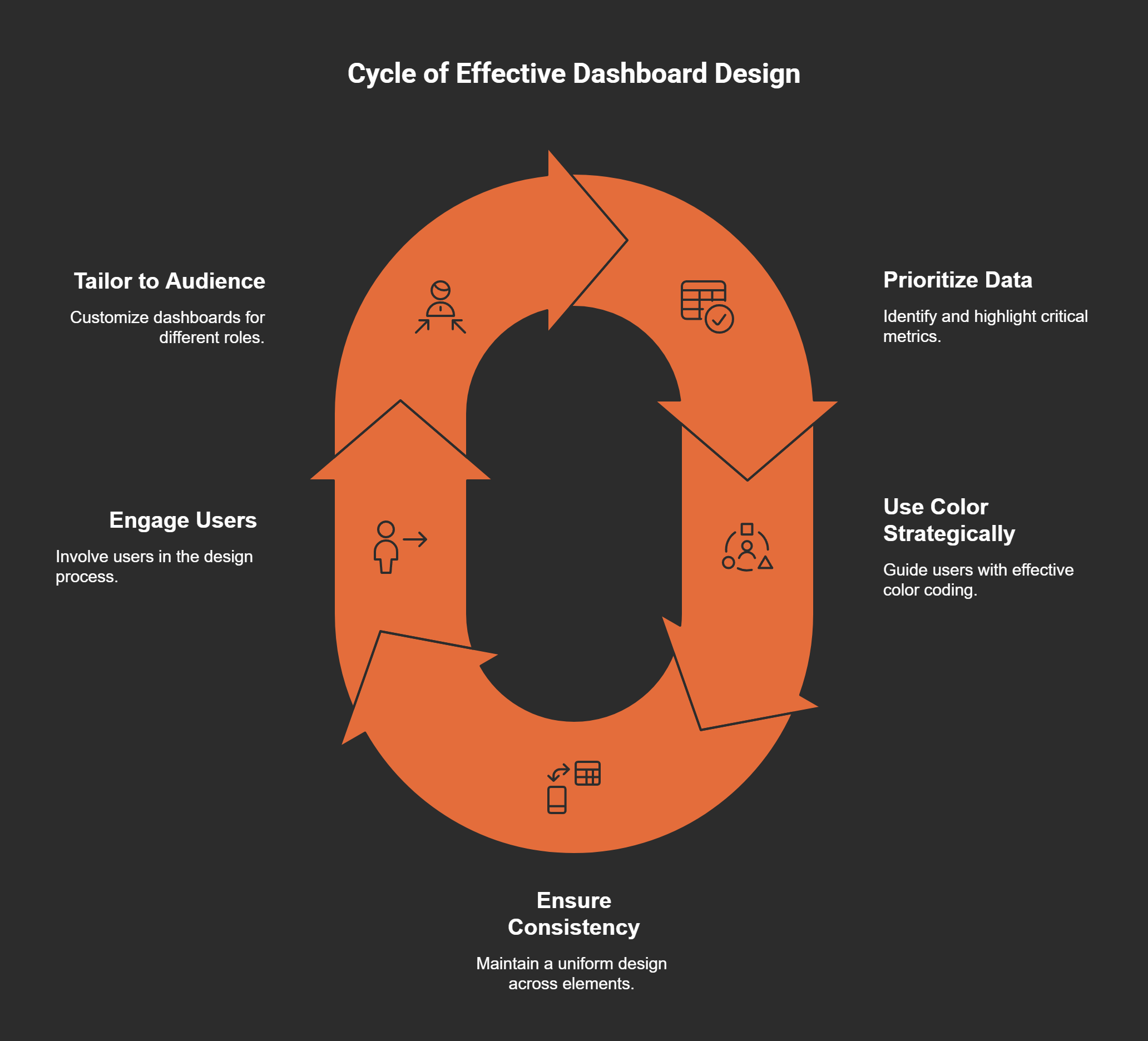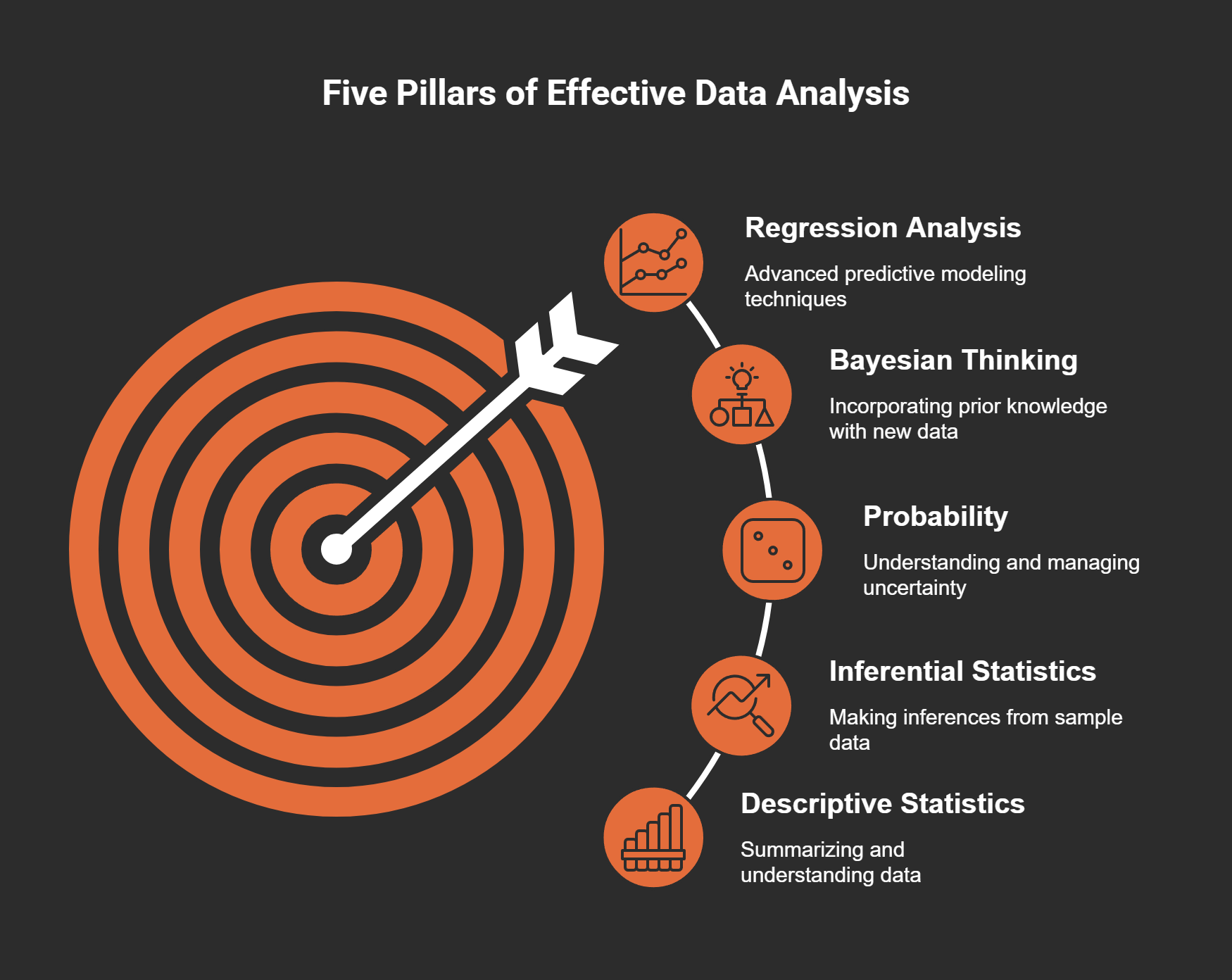Unlocking the Value of IoT Data: Transformations from Raw to Refined
Description
As I sat in a meeting recently, a colleague shared a fascinating statistic that left me awestruck: the average car today boasts around 200 sensors, generating data in approximately 195 formats. It's incredible to think that our daily lives are now filled with such intricate information highways. Yet, despite the enormity of the data generated, many organizations are stumbling in capturing its true value. In this exploration of the IoT data economy, I am excited to unpack how we can refine this raw data into something truly innovative and market-ready.
DataScience Show is a reader-supported publication. To receive new posts and support my work, consider becoming a free or paid subscriber.
Understanding the Data Economy
Have you ever heard the phrase, “Data is the new oil”? It’s an analogy that resonates deeply in today’s digital landscape. Just like crude oil needs refinement to unlock its true potential, data requires meticulous processing to unveil its value. In this section, I want to explore how data, especially from Internet of Things (IoT) devices, can transform businesses if handled correctly.
Data as the New Oil: Why It’s Valuable
Let’s dive into the core idea that positions data as a priceless commodity. Just as nations have battled over oil reserves, companies are now competing to harness data. It’s not just about having data but knowing how to refine it. Thomas H. Davenport succinctly stated,
"Information is the new oil."
This quote underscores a crucial point: without proper refinement, data remains useless.
Consider this: an average modern car is equipped with approximately 200 sensors. Each of these sensors generates data in up to 195 different formats. This staggering amount of information becomes a tangled web of complexity. How can businesses make sense of it all? This fragmentation is a barrier to extracting valuable insights. However, with the right strategies, companies can transform this chaotic data into lucrative assets.
Complexities of the IoT Data Landscape
The IoT landscape presents unique challenges. The sheer volume of data created can be overwhelming. Here are a few complexities we face:
* Data Variety: Data comes in numerous formats, from structured numbers to unstructured text.
* Real-time Processing: Many applications need data processed instantly for timely decisions.
* Integration Issues: Different devices often operate on incompatible platforms, making it hard to consolidate data.
Organizations often struggle to maximize their IoT deployments without a solid analytics framework. It’s like trying to drive a car without knowing where the steering wheel is. Without a clear path forward, the data remains scattered and is unable to fuel operational excellence.
Importance of Structured Methodologies for Data Refinement
So, how do we turn raw data into refined products? This is where structured methodologies come into play. Just like oil refining follows a strict process, data refinement can benefit from a systematic approach. Here’s why this is crucial:
* Efficiency: Structured methodologies help streamline data collection and processing.
* Quality: Ensures that the insights derived are reliable and actionable.
* Scalability: A well-defined framework can grow with an organization’s data needs.
By adopting a refined process, businesses can focus on key metrics that matter most to their customers. Instead of gathering data haphazardly, they can target specific information that drives engagement. For instance, logistics companies might highlight delivery times while fitness trackers concentrate on calories burned.
In essence, the journey of transforming raw data into valuable insights is akin to refining crude oil. It requires careful navigating through various stages—from acquisition to analysis. As we continue to explore the data economy, let’s keep in mind that the potential for innovation lies in how we handle the data we possess.
The intricate dance between technology, methodology, and human insight defines the future of the data economy. It’s not just about having the data; it’s about understanding it, refining it, and ultimately using it to create value for ourselves and our customers.
The Seven Stages of Data Refinement
When I dive into the world of data refinement, I find myself fascinated by a structured framework that helps transform raw data into valuable products. This journey can be broken down into seven clear stages. Each stage serves a unique purpose, ensuring that no valuable insight goes unnoticed. Let's explore this refined data framework and its components.
Overview of the Refined Data Framework
At its core, the refined data framework is about turning fragmented raw sensor data into actionable insights. Just picture the average modern car. It has around 200 sensors, each generating data in about 195 different formats. It’s chaos! How can organizations possibly unlock valuable insights from such a mess? That's where the seven-stage framework comes into play. It provides a method to streamline this chaotic environment into something manageable.
Importance of Product Conceptualization
The first stage and arguably the most crucial is product conceptualization. In this phase, successful organizations avoid the common pitfall of collecting data haphazardly. Instead, they focus on identifying one core metric that truly matters to their customers. For instance, what would a logistics company prioritize? Delivery reliability, of course! Meanwhile, fitness trackers might zoom in on calories burned. This targeted approach encourages strategic data collection and sets a solid foundation for the subsequent stages.
As I reflect on this stage, I can’t help but think: Why do organizations often overlook this? It’s a simple yet powerful concept. Identifying the most critical metric can save time and resources, ultimately leading to better products. By emphasizing product conceptualization, companies can avoid drowning in a sea of irrelevant data.
Additional Stages for Contemporary IoT Complexities
As we step into the following stages, we encounter the complexities of today's Internet of Things (IoT). Initially inspired by Meyer and Zack's five-stage model, this framework has adapted to meet modern needs. Here are some critical stages that follow:
* Stage 2: Acquisition - This is where raw data is strategically collected.
* Stage 3: Refinement - In this stage, data undergoes cleaning and normalization.
* Stage 4: Storage - Here, organizations utilize cloud computing to manage vast amounts of data.
* Stage 5: Retrieval - This stage emphasizes quick access to stored data for real-time decision-making.
* Stage 6: Distribution - The focus shifts to how data is shared and presented to end-users.
* Stage 7: Market Feedback - This final stage emphasizes user engagement and iterative improvements.
As I delve deeper into these stages, I find that each builds upon the last. They create a comprehensive approach to managing data within the IoT landscape. Companies like General Electric and Progressive Insurance exemplify success in navigating these stages. They have developed sophisticated data refineries, turning raw, fragmented data into coherent, saleable products.
It’s intriguing to think about how advancements in technology have paved the way for these frameworks. The emergence of cloud computing allows organizations of all sizes to access storage solutions that were once out of reach. This democratization of technology is a game changer!
In conclusion, the journey through the seven stages of data refinement is essential for any organization wishing to harness the power of data. Emphasizing the importance of product conceptualization, along with understanding how to navigate contemporary IoT complexities, lays the groundwork for success. Every stage we explore offers new insights and opportunities, making this process not just necessary, but an exciting adventure into the world of data.
From Acquisition to Refinement: Gathering Valuable Insights
In today's data-driven world, the journey from raw data acquisition to meaningful refinement is crucial. But why is that? Well, think of data as the new oil—a valuable resource that must be properly extracted and refined to reveal its true worth.
Successful Data Acquisition Examples
Companies across industries are harnessing the power of effective data acquisition strategies. Here are a few examples:
* Logistics Companies: They often focus on key metrics like delivery reliability. By tracking data from multiple sources, they can optimize routes and improve efficiency.
* Fitness Trackers: These devices typically prioritize calories burned and activity levels. They gather specific data to help users reach their fitness goals.
By narrowing the focus on critical metrics, organizations avoid the pitfalls of data overload. Instead of collecting everything, they target what truly matters to their customers. This strategic approach forms the foundation for later stages of data refinement.
The Power of GE's Predix Platform
A prime example of successful data acquisition and refinement is General Electric's (GE) Predix platform. This innovative platform integrates diverse data from va



